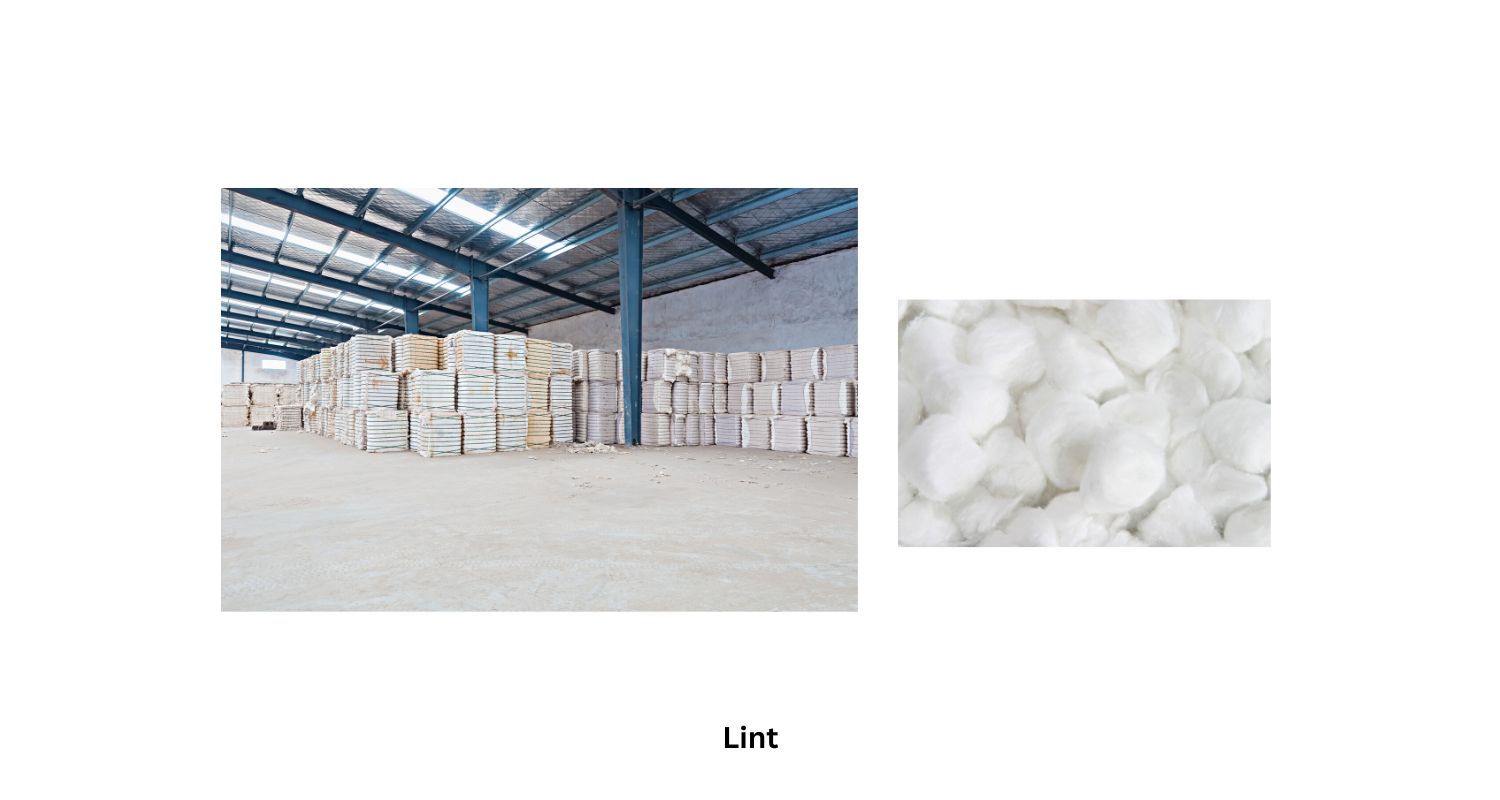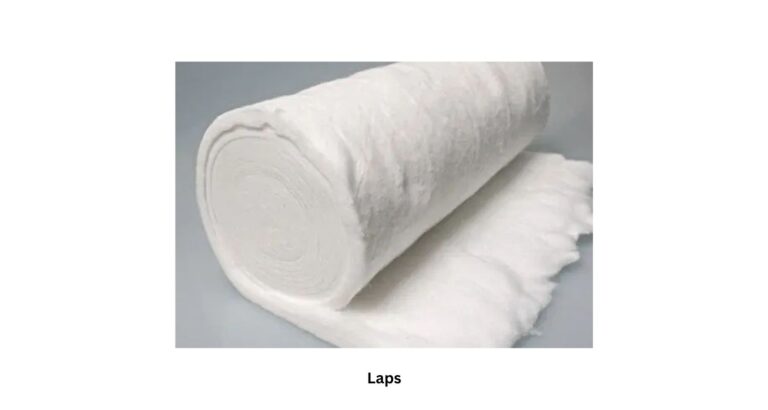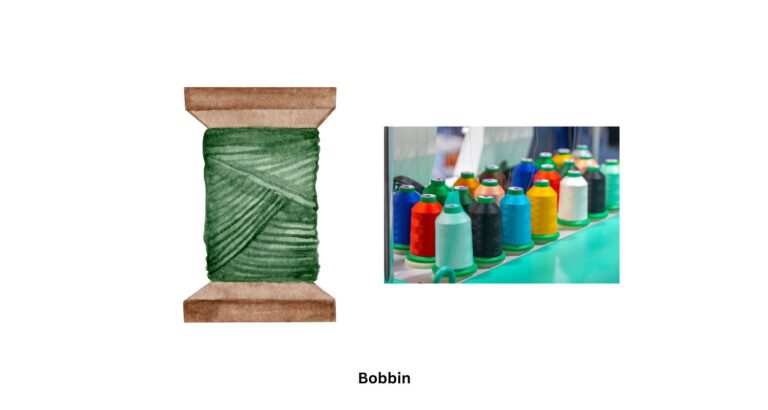COTTON TERMS
Several terms are involved in converting cotton into yarn, which might be new to many of them. So, this article will help you to become familiar with unknown cotton-related terms, and the next time when you come across such terms, you won’t feel lost and unacquainted.
Cotton Fibre
Cotton fiber is a thin cotton hair or strands of cotton which make up the yarn. It is a thread-like structure and is very light in weight. These natural void fibers are also known as absorbent and breathable fibers.

Boll
A cotton boll is a round protective case or shell-like structure. It is called the fruit of the cotton crop, which holds the cotton seeds and fiber. During harvest time, it is matured and gets opened.

Yarn
Yarn is a continuous, long, rope-like structure of interlocking fibers of cotton with twists. Yarn is the raw material used in the textile industry for manufacturing fabrics that are used to create a variety of clothes and garments. This yarn is produced from cotton fibers after making it go through many processes. Different types of yarns are based on their material, appearance, application, and sizes.
• Spun and Filament Yarns
• Single-ply and Multi-ply Yarns
• Flat and Textured Yarns
• Zero-twist to High twist yarn
• Ring and Open-end Yarns
• Novelty Yarns
• Bouclé Yarn
• Slub Yarn
• Nub, Knot, or Spot Yarn

A yarn’s count, determined by its mass per unit length, determines how thick it is. The standard unit of measurement, known as “Tex,” is the number of grams per kilometre of yarn.
Bales
Cotton bales are the compressed cotton fiber packed in a bundle of uniform size and weight obtained after ginning. Ginning is the procedure of removing cotton seeds, stems, leaves, and other foreign matter from the cotton directly brought from the farm. The standard bale size in India is 170 Kg.

Lint
Lint is the term used for the tiny fluffy clean cotton fiber obtained after cleaning the cotton. The ginned cotton is called lint.

Laps
Laps of cotton are reduced to a flat, uniform layer of cotton fiber after opening and mixing the compressed cotton bales in the blow room of the spinning process.

Sliver
Sliver is the untwisted loose rope obtained after the process of carding. This sliver is a long, uniform weighted bundle of fiber used to spin yarn.

Neps Cotton
The knots formed between a group of fibers are called neps. Single neps contain around 15-20 strands of fiber.

Roving
Roving is similar to yarn; the only difference is that it is not yet spun into yarn. The long thin rope-like fiber before spinning into yarn is the roving fiber. Spinning mills generate this roving.

Bobbin
A bobbin is a cylindrical hollow tube-like structure around which yarn or thread is rolled. Bobbin is derived from the French word “Bobine,” meaning mini-instrument used in sewing.

I hope this article was useful.


What’s up colleagues, how is the whole thing,
and what you want to say regarding this post, in my view its
truly awesome for me.
I am truly delighted to glance at this webpage posts which consists of lots of helpful data,
thanks for providing these statistics.